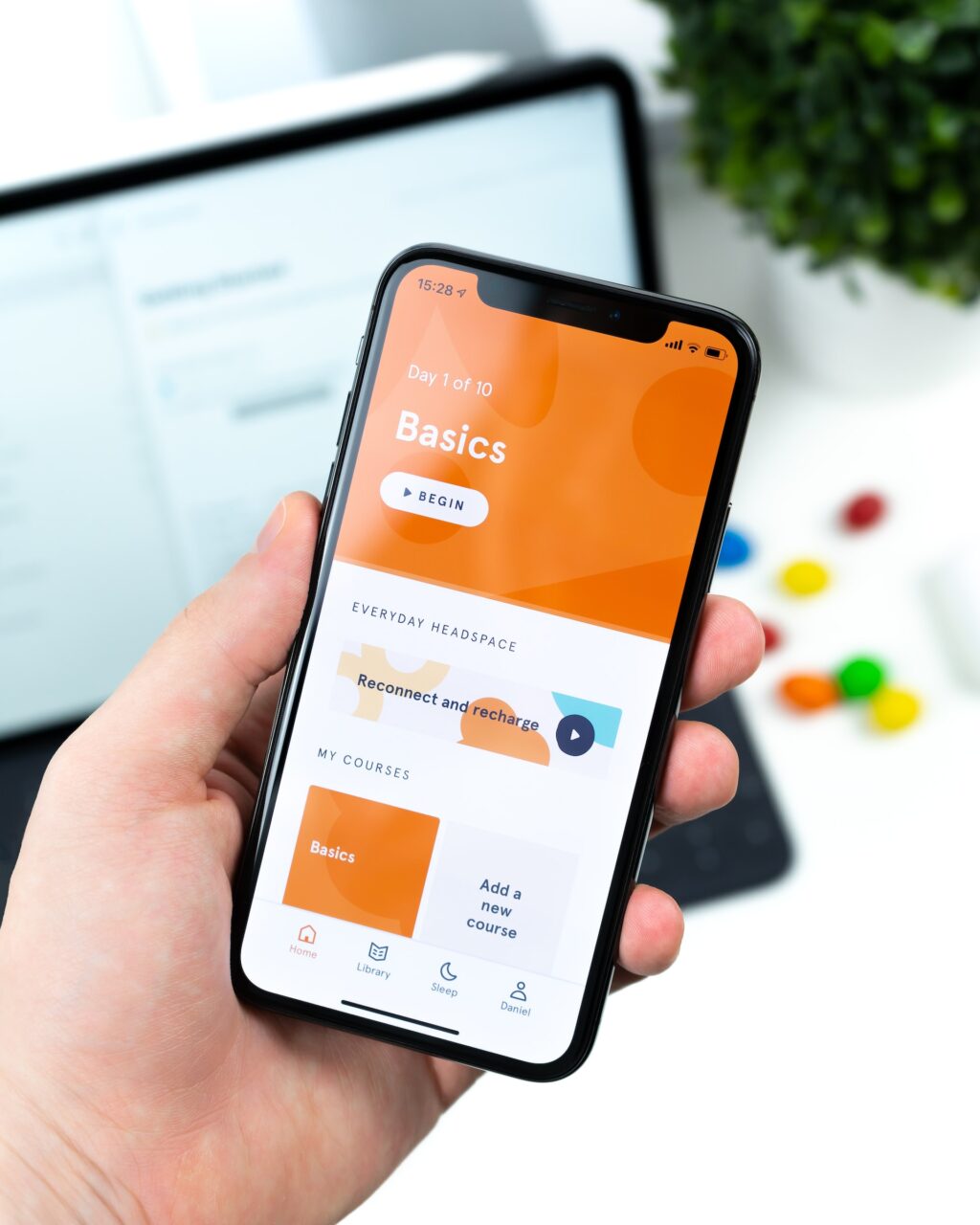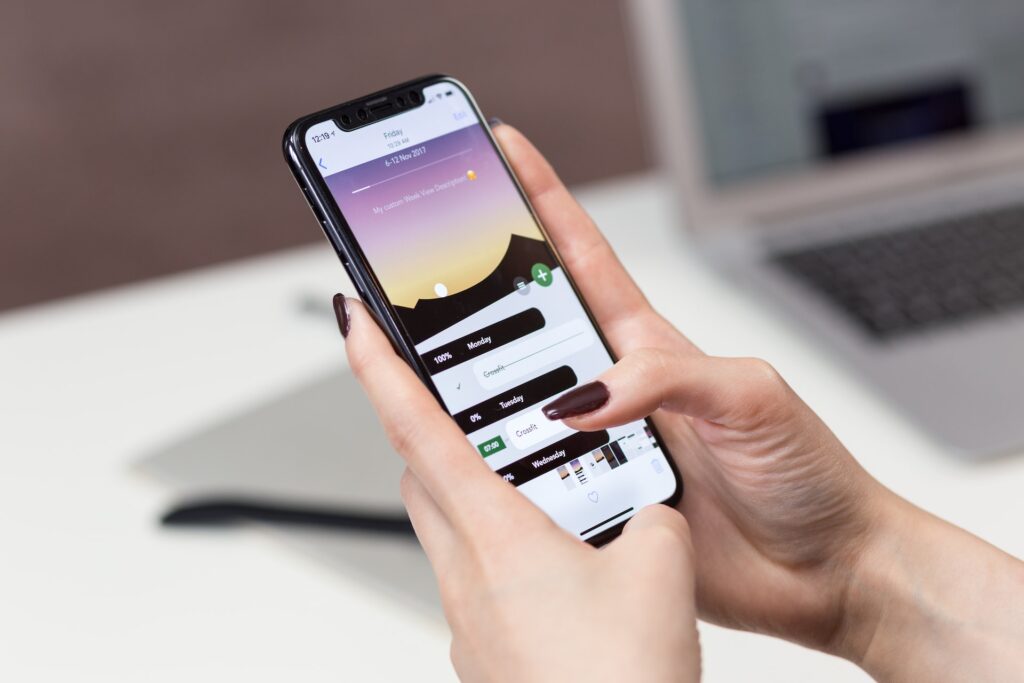The Business Case for UX and UI Design
For many companies with a well-designed site, paying for user experience (UX) and user interface (UI) design is a stretch. The big thought is, “how much more can paying for these design services even help us?” That is an understandable question and is probably the primary thought for businesses with limited budgets. Still, the reality is that investing in these two design areas can produce an ROI that justifies the expense.

There are several metrics to look at when looking for ROI.
The first obvious one is the conversion rate. For many budget-conscious companies, a possible increase in conversion rate often justifies a marketing expense. Even a one to two percent increase for a sales page can change everything for a company, especially if the company has a consistent flow of traffic to that page.
Something as simple as adding a live help chat link on the right page can improve UX and, thus, conversions. While it does cost a good amount to hire a UX designer, it is often worth it because the improvements to a sales page yield the same increase in profits month after month. Of course, not all companies will have the goal of using design to increase the effectiveness of their sales page.
For some companies, it’s about building a social media following, generating referrals to their website, or creating press coverage. Companies need to quantify what a follower, referral, or published story is worth to them and measure ROI in this manner. This is the second type of metric that companies will have to use to measure how cost-effective it was to hire a UX designer.

While UX design is the big focus in the conversation of usability, UI design is just as important. The user interface falls under the umbrella of UX, but it is a major area of design that doesn’t receive enough focus. Companies that design their websites as an app-like tool for their audience or companies in the app business will benefit most from improving their interface.
A good example might be a large eCommerce site. The interface will make all the difference as it will be directly responsible for helping users find what they are looking for and assisting users throughout the site. Another example is a downloadable app for mobile devices. The UI will heavily influence how often the app is used and liked, thus contributing to the app’s success.
UI design also makes sense for organizations that use in-house applications on a regular basis. Many custom apps are poorly designed and make it difficult for users to do what they need to do and find what they need to find. In such cases, redesigning the UI is worth the investment because it will improve productivity, communication, and consumption, improving an organization’s performance.
Some companies will not benefit much from UX/UI design, but many will. It’s all about looking at your company’s goals and seeing if these two design standards can help you reach them. It doesn’t have to be based on abstract theory but on quantifiable metrics that will tell you if the investment is worth it. So ask yourself: can improving UX/UI help your company? The answer is most likely: Yes.
Related Articles
Navigating the Design of Input Controls in UI
January 6, 2024
UI Signifiers in Website Design
January 5, 2024



